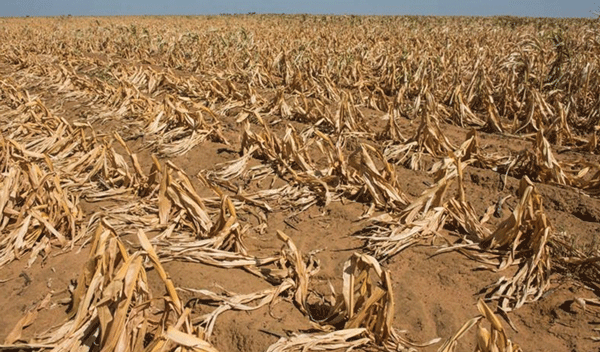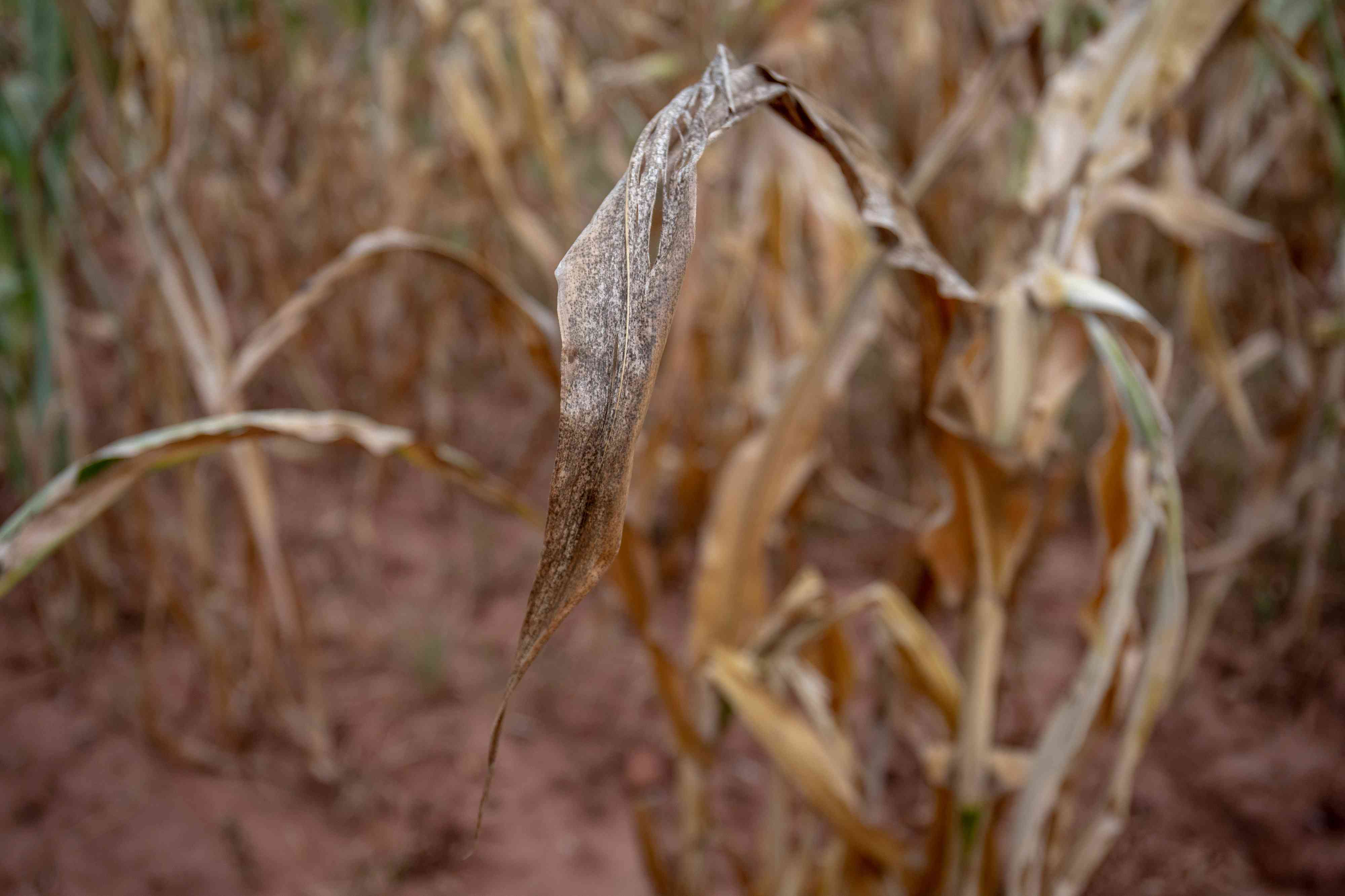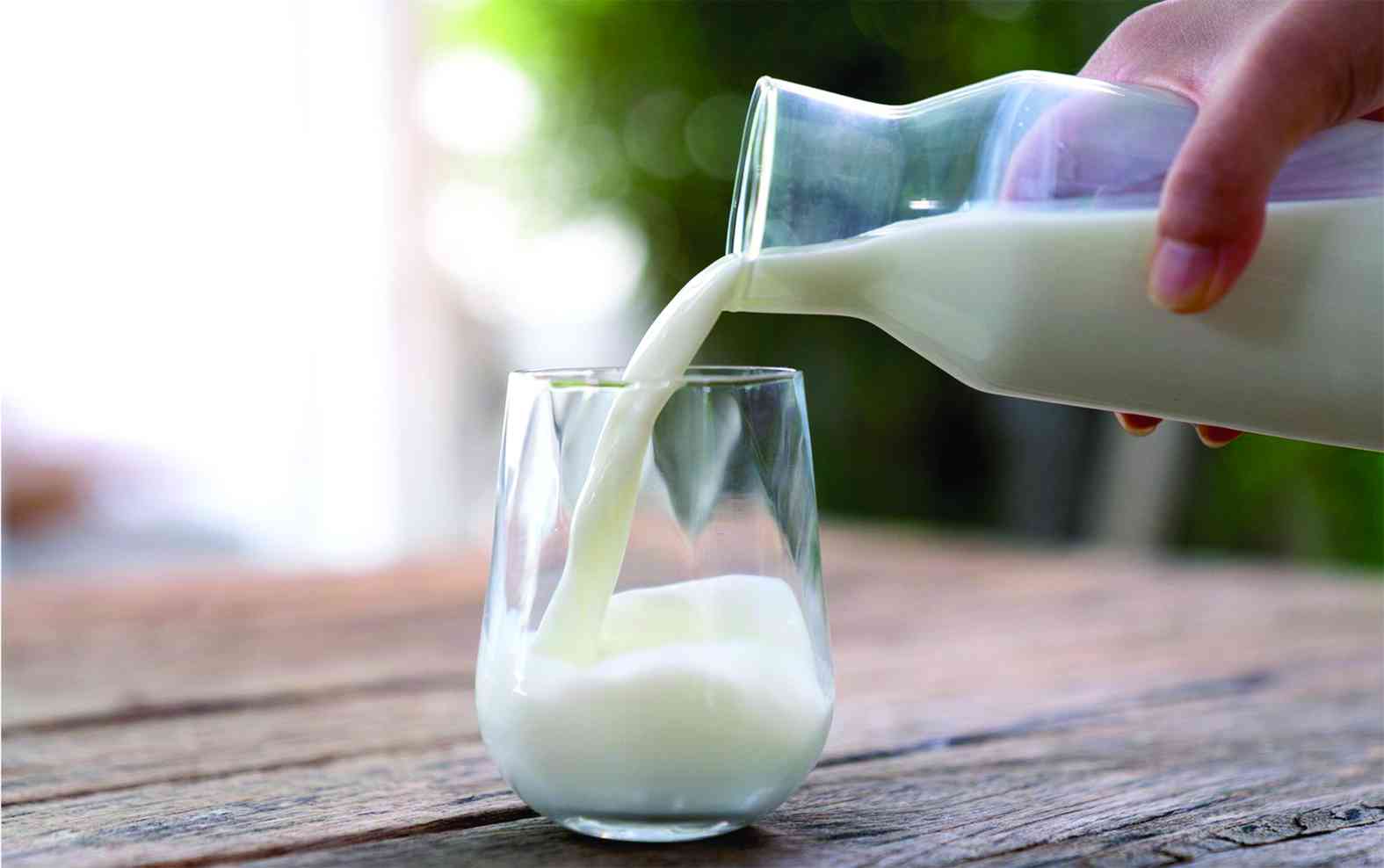
BY TATIRA ZWINOIRA ZIMBABWE is facing a tough year after registering total write-offs in key food crops during the 2021/2022 agricultural season, the Famine Early Warning Systems Network (FEWS NET) has warned.
Regions facing the toughest year include Manicaland, Masvingo, Midlands, Matabeleland North and South provinces, according to the report, which noted that the livestock condition could be saved by healthy downpours that fell during the tail end of the season.
FEWSNET’s latest report, which covers the period June 2022 to January 2023 reveals shocking details of the struggles that lie ahead for citizens in a country that is already at its knees.
It said there has been total write-offs in Zimbabwe’s staple maize crop across some regions, while many more have reported up to 80% wilting.
While experts say cumulatively, rainfall was near-average during the season, the 2021/2022 season was affected by erratic and poor distribution patterns, which struggle overstretched crops in regions that even during normal seasons.
The season was also characterised with difficulties by farmers to access input, a perennial crisis that agro-based Zimbabwe has procrastinated to tackle, triggering a massive fall in crop output that has turned once thriving maize farms into pastures.
“In addition, difficulties in accessing agricultural inputs also contributed to below-normal production for almost all food and cash crops,” FEWSNET said.
“Some worst-affected areas in the east and south reported upwards of 80% write-offs of cereal crops, with some households harvesting nothing. Nevertheless, given accumulated rainfall totals, water, pasture, and livestock conditions remain fair to good in most high rainfall areas and fair to poor in semi-arid areas covering parts of Matabeleland North and South, Masvingo, Manicaland and Midlands provinces, and the extreme northern areas,” the report noted.
- Chamisa under fire over US$120K donation
- Mavhunga puts DeMbare into Chibuku quarterfinals
- Pension funds bet on Cabora Bassa oilfields
- Councils defy govt fire tender directive
Keep Reading
It said low rainfall and lack of water would cripple productive activities like vegetable production, brick moulding and construction.
The report projected that the situation could improve on the onset of the 2022/23 rainfall season, probably at the beginning of October. But that could have been a bit late for over five million Zimbabweans said by the International Monetary Fund to be on the threshold of starvation.
Their situation has been compounded by a volatile economy that has worsened in the past few months.
Hyperinflation hit 191% this month, from US$131% in May.
Rioting prices have rattled markets in the past few months, with the food basket rising many folds beyond the ordinary man’s reach. The currency has been relentlessly battered on the parallel market.
“Water for livestock is currently available in only a few seasonal streams and rivers in (the affected districts),” the report said.
“Most seasonal streams are likely to dry up early by July and cattle may have to trek long distances to the nearest perennial water sources, such as larger dams,” FEWS NET said.
“Key informants estimated the available water sources for livestock to last between four to eight months from April,” noted FEWS NET.
It said in typical deficit-producing areas across southern, eastern, western and north-eastern Zimbabwe, own-produced stocks for most households will last less than four months, with some households losing all their crops this season.
“As a result, limited seasonal improvements in dietary diversity and consumption are likely in the post-harvest period. Most households will rely on market purchases months before normal to cover their food needs, signalling an early start to the annual lean season for most poorer households,” FEWS NET said.
It said most typical income sources from crops will be below-average levels throughout the outlook period in the deficit producing areas.
“These include crop sales, which will be minimal to none, casual labor, livestock sales, vegetable production, and sales,” FEWS NET said.
Some households in Mutare, Buhera, Bikita, Mudzi, Mangwe, Umzingwane, and Hwange, the worst-affected districts, will see their own-produced crops become exhausted as farmers struggle to produce fresh crops.
Maize grain supply on the open markets is expected at below-average levels countrywide and significantly below-average levels in the deficit-producing areas due to limited production and controlled grain sales.
“Maize meal supply is anticipated at near-average levels throughout the outlook period as commercial millers source stocks from the GMB [Grain Marketing Board] and anticipated imports,” FEWS NET said.
- Follow Tatira on Twitter@tati_tatira











